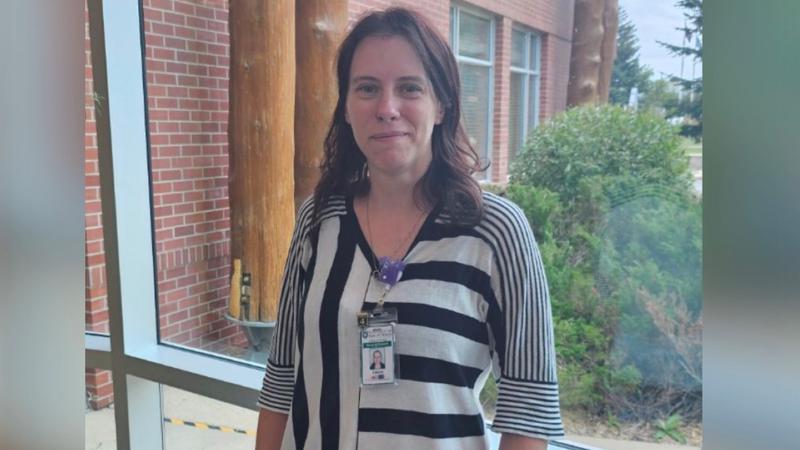
Protecting firefighters from risk of cancer
Having dirty equipment is no longer a badge of honour for firefighters.
Over a long period of time the Prince Albert Fire Department have implemented ways to decontaminate after attending to calls as cancer cases among firefighters become more common, according to Fire Chief Kris Olsen.
Olsen said began his career at the fire department in 1995 a few years after they introduced the Nederman system.
The system is an exhaust extraction placed on the fire truck’s exhaust pipe. The air is filtered out of the building to prevent the harmful effects of exhaust to the firefighters.




